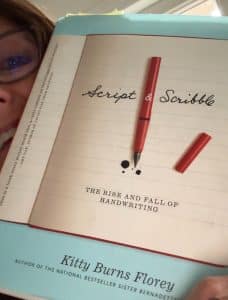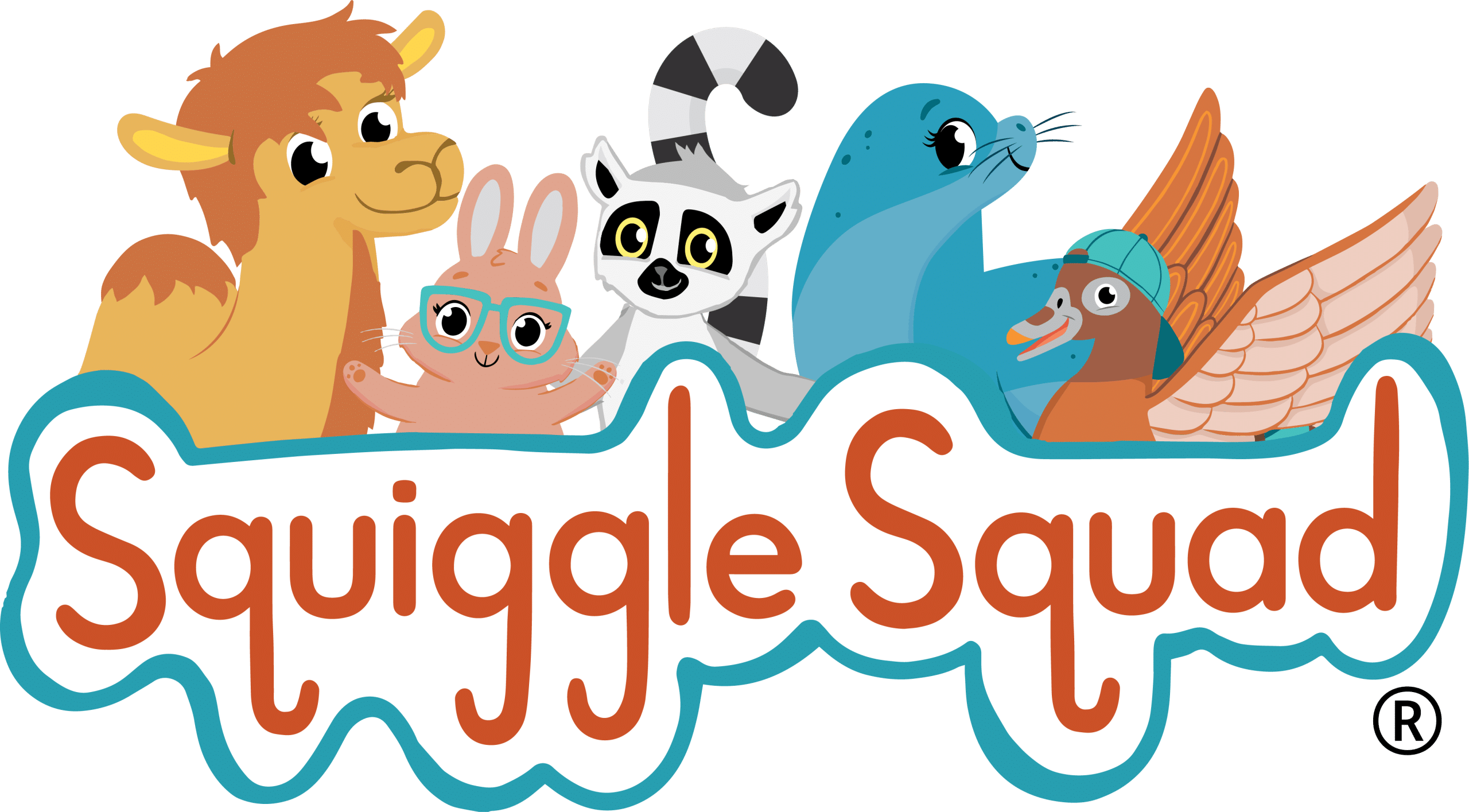By Holly Britton
HOH Rating: 5/5
I first “met” Kitty Burns Florey when I discovered her book, Sister Bernadette’s Barking Dog: The Quirky History and Lost Art of Diagramming Sentences. I was drawn immediately to her wit and charm and fascinated by the way she presented this much-forgotten skill. Script and Scribble: The Rise and Fall of Handwriting elicited a similar reaction. It reads as if you are sitting with Kitty over an afternoon tea listening to a friend talk about a mutually loved topic. She takes us back in time then walks us up through the eras, stages, tools, and culture around handwriting right up to the present, confronting the question handwriting’s usefulness in the digital age.
HOH HIGHLIGHT- Connection to Handwriting Instruction
The standout sentence related to handwriting is found in chapter 5, Is Handwriting Important? (p. 155).
It says:
“For young students, the primary goal is to learn to read fluently…as they write their letters, they’re matching symbols to sounds. They not only see the letters and hear the way they sound, they actually create them, on paper, with care…When young children learn handwriting at the same time that they’re learning to express their thoughts on paper, the two kinds of writing—one a mechanical skill, one a creative intellectual process—become naturally and inextricably connected in the child’s mind.” Yep!
Preface
Takeaway 1: This wonderfully detailed, personal history highlights the deep connection to language that was trained and nurtured throughout the author’s education.
Takeaway 2: The chapter left me pensive wondering what disservice we are doing to upcoming humans and society by neglecting handwriting instruction.
Chapter One-
Takeaway 1: This intriguing walk through handwriting history as experienced in the U.S. had me considering the importance that earlier societies placed on being able to write well.
Takeaway 2: Fascinating to see how handwriting marched resolutely right alongside the technological advances of society.
Chapter Two
Takeaway 1: While changing styles of handwriting have been concerned with the beauty of penmanship, they have also changed according to utility and ease-of-use.
Takeaway 2: Society as a whole has most certainly moved past the era of beautiful handwriting.
Chapter Three
Takeaway 1: Graphology (handwriting analysis) about which this chapter is written, was/is a questionable art, however, it’s easy to see why one might be drawn to it given that handwriting “emanates from our brains.”
Chapter Four
Takeaway 1: I love that the vocabulary of pen on paper persists in our language today. (Kitty gives many examples of this such as, “turn over a new leaf.”)
Takeaway 2: Regardless of their access to keyboards, many professional writers today- famous authors like Toni Morrison and Stephen King- write by hand to help process their thoughts before entering it into a computer.
Chapter Five (My favorite chapter!)
Takeaway 1: At the time of publication (2009), Kitty says that kids are learning to print in the first grade, age 6 or 7…I wonder if she knows that schools today are actually asking 3- & 4-year-olds to write their names, alphabet, and numbers.
Takeaway 2: Writing is not just about the writer writing; it’s about the writer communicating with a reader. Done poorly, communication is broken and ineffective.
Takeaway 3: Cursive is useful for developing speed but not necessarily the final writing style choice of all handwriters, as many adults develop a blend of cursive and manuscript to suit their needs. (That’s me, for sure!)
My Brief Conclusions: Kitty’s recounting of handwriting past and present reinforces my opinion that handwriting has and—as far as I can see— will always be a part of the human experience. It, understandably, will morph to fit the changing ways of society, but it will not disappear. We do future generations and society a disservice by neglecting the teaching of this skill. Handwriting is not only useful for developing thoughts and communicating ideas, it unlocks and opens a deeper part of us otherwise unreached…and then reaches out and touches others in a uniquely personal way.






